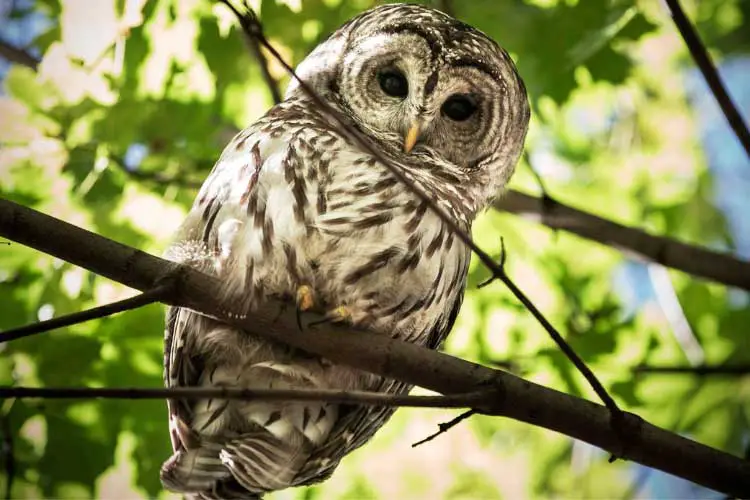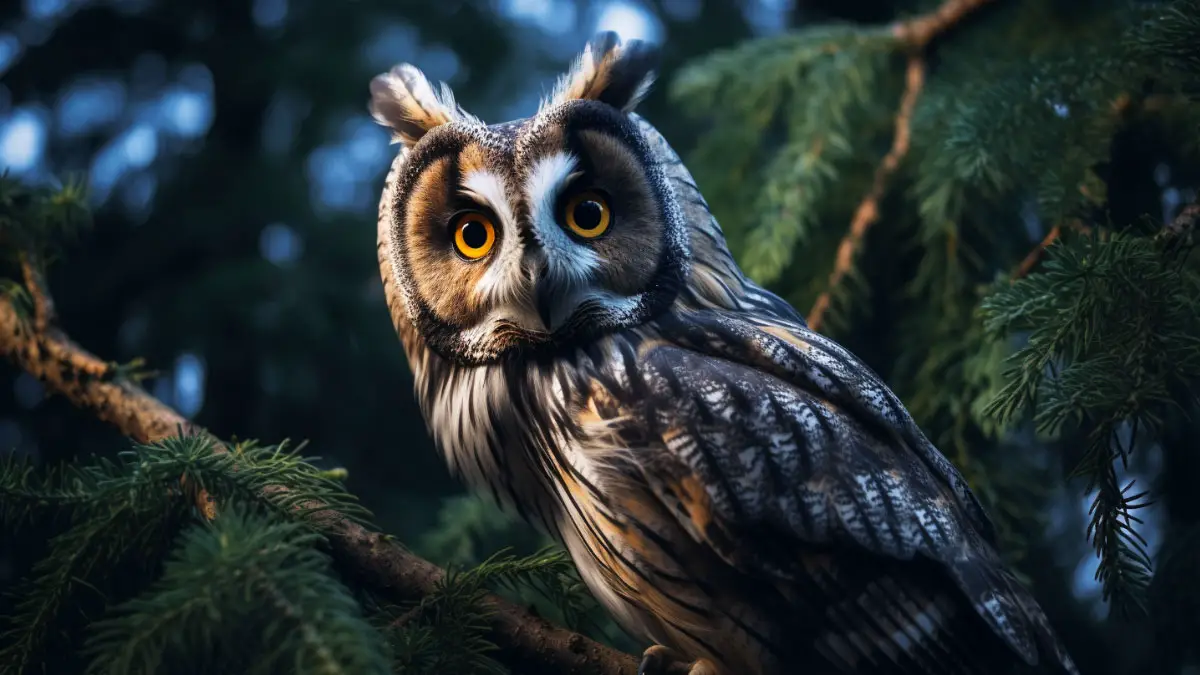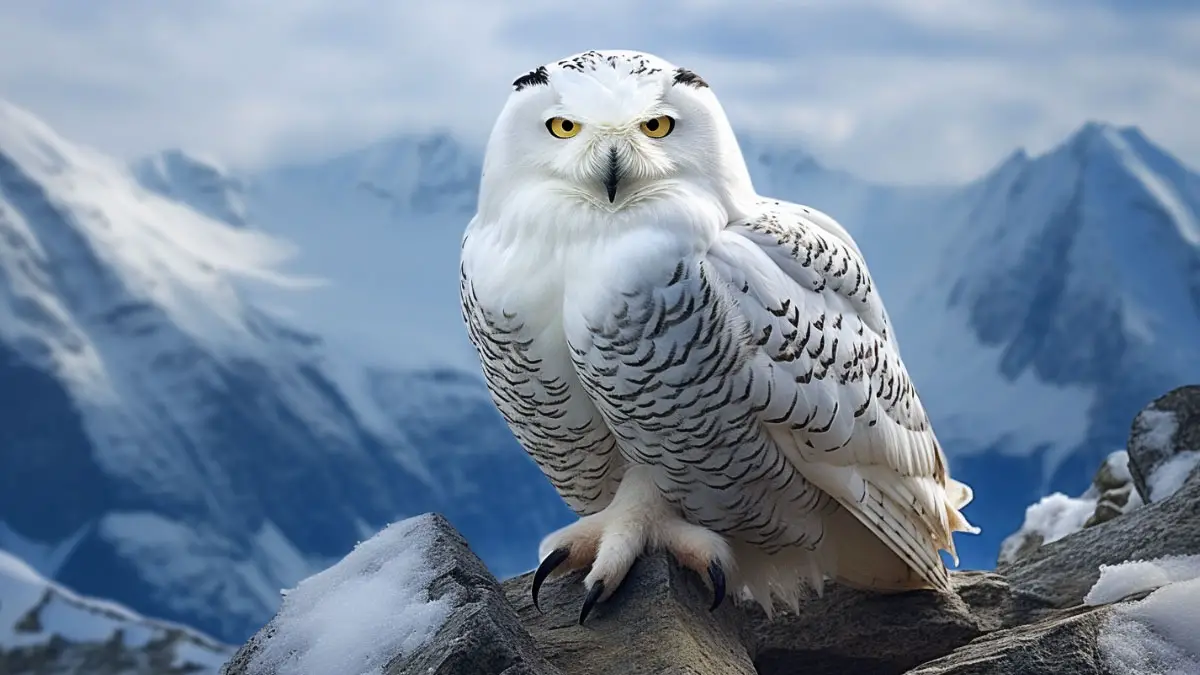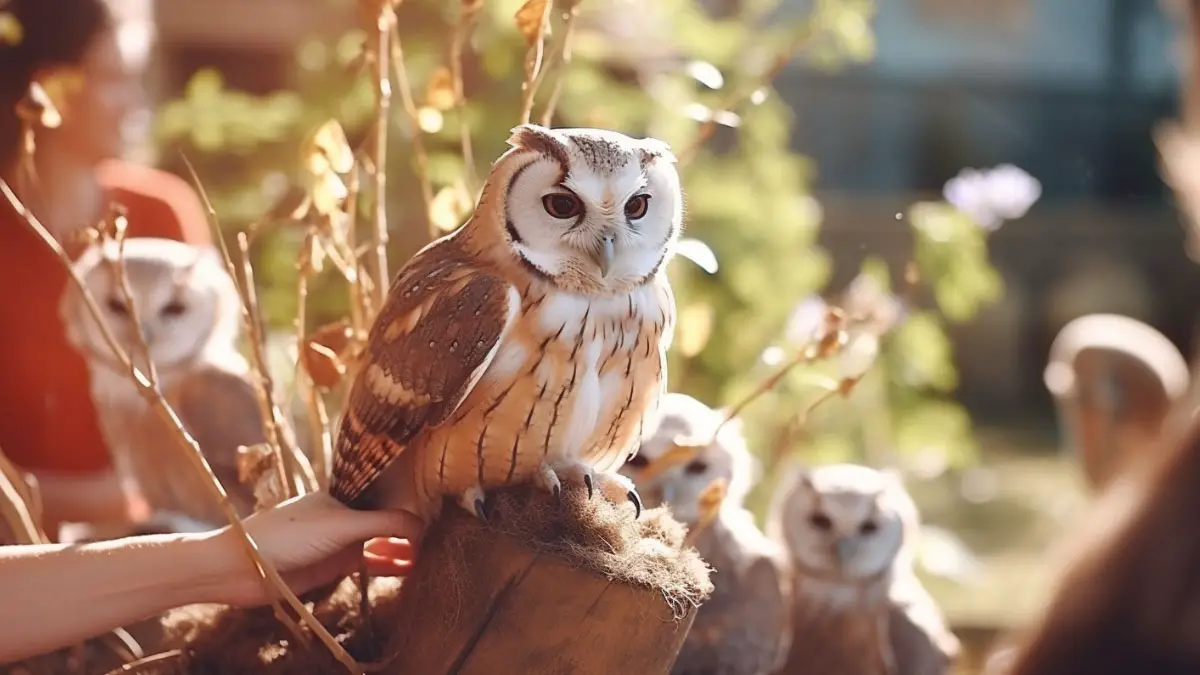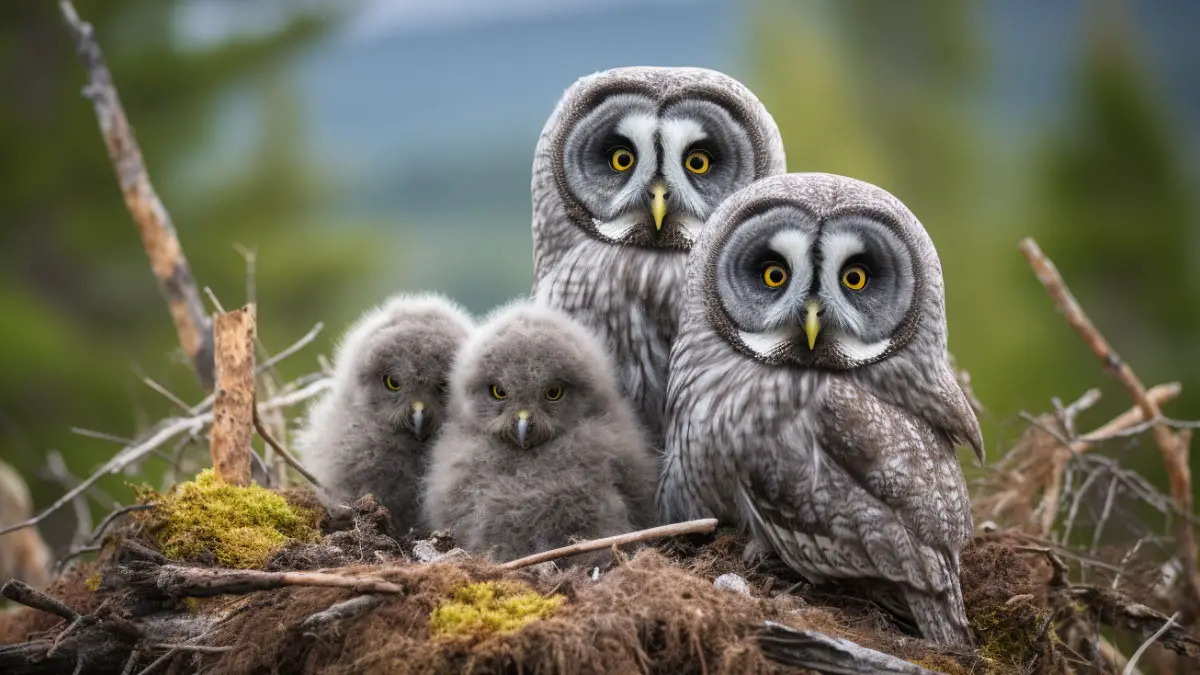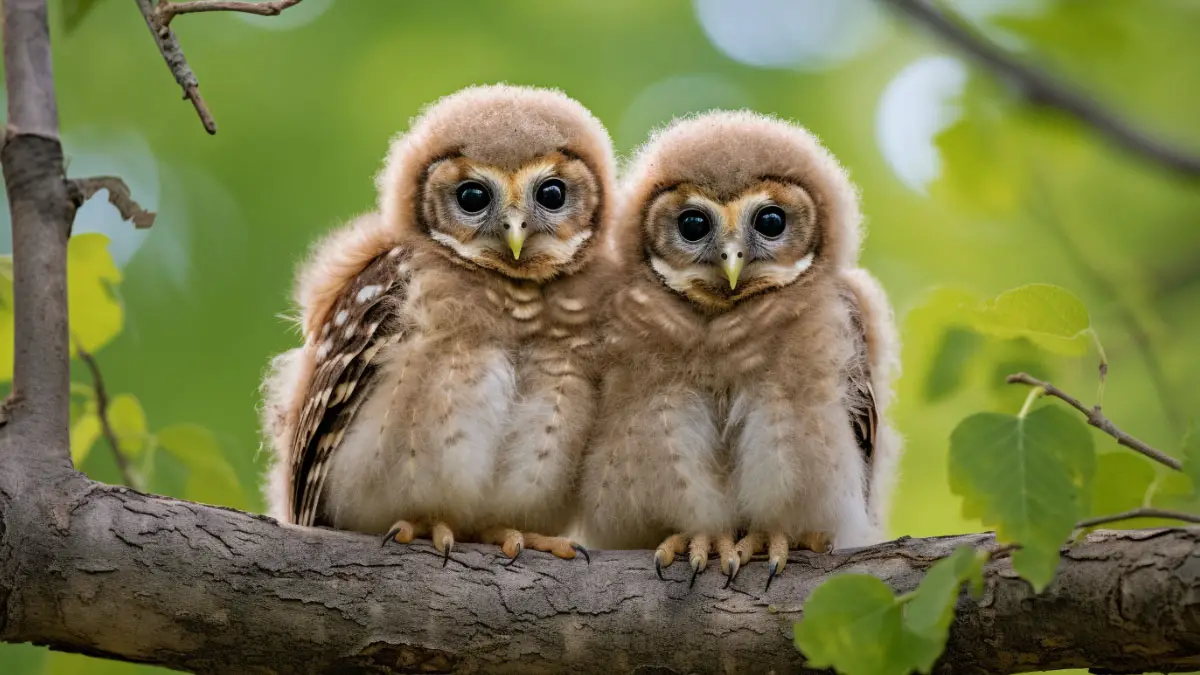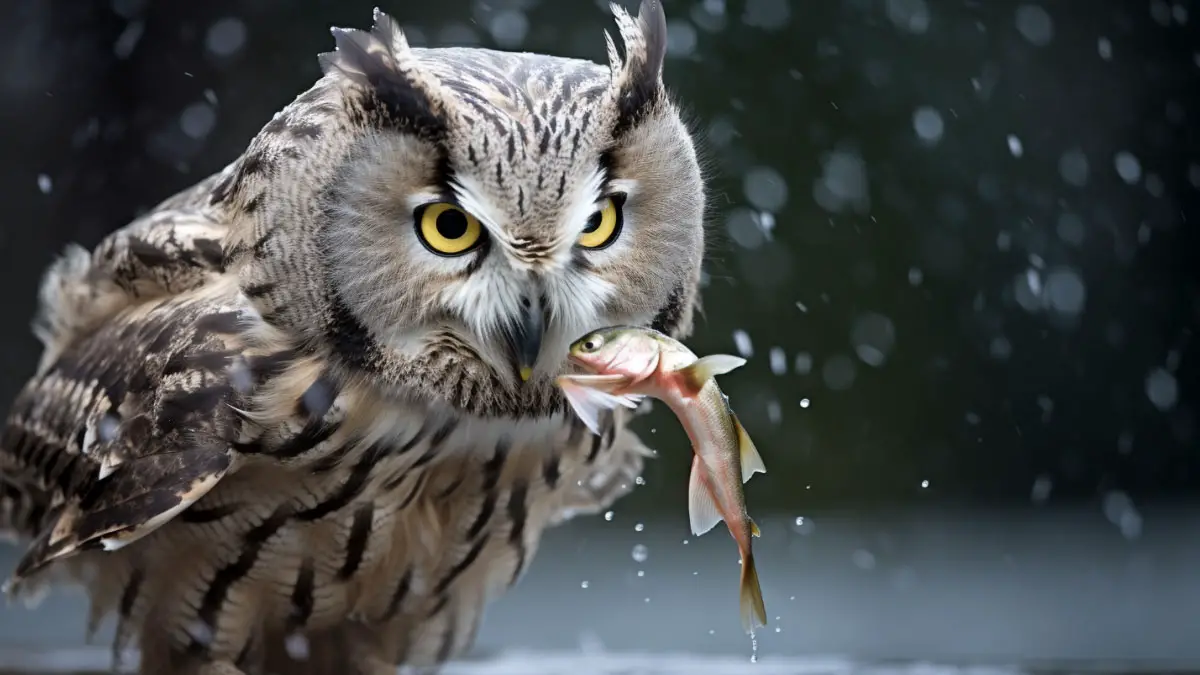Owl eyes are among the most distinctive and eye-catching in the animal kingdom. The big, forward-facing eyes of these birds of prey are a key adaptation for their nighttime hunting behavior.
So, why do owls have large eyes? Owls have the largest eyes relative to the body size of any animal on the planet. This is because their eyes are specially adapted to allow them to see in low-light conditions.
Some other features of owls’ eyesight make an owl different than other species. In this article, we will explore the owl eyes anatomy and how they enable these birds to see in low-light conditions.
Why Do Owls have Big Eyes?
Owls are known for their striking, big eyes, which are some of the largest relatives to the body size of any animal on the planet. This is a key adaptation that allows these birds to see in low light conditions, as they are primarily nocturnal animals that are active during the night and sleep during the day.
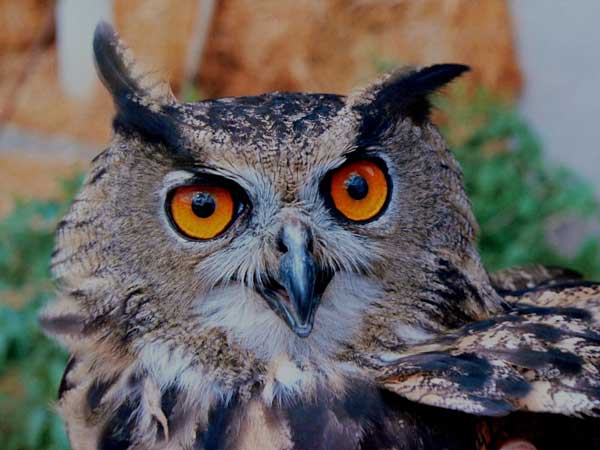
The big size of their eyes and their unique anatomy, including the presence of rod cells in the retina and a tubular extension called the “eyeball tube,”. This eyeball tube enables them to gather more light and see in almost every direction, which is critical for detecting prey in the dark.
Owls have some of the best night vision of any animal, and owls’ eyesight can see in low-light conditions is an essential part of their survival and success as predators.
Knowing an Owl Eye Anatomy
Owl eye anatomy is unique and is an important adaptation for these nocturnal birds of prey. This is something really surprising that they have some different features in their eyes. We will discuss owl eye anatomy below.
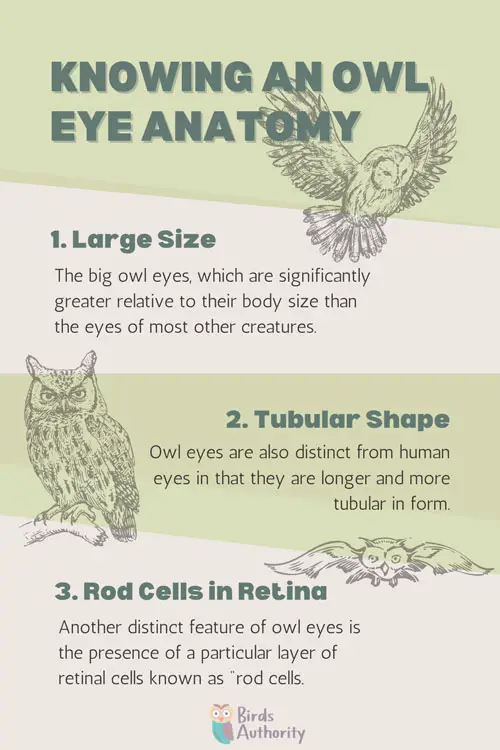
Large Size
The big owl eyes, which are significantly greater relative to their body size than the eyes of most other creatures. These are one of their most distinguishing characteristics. This enables them to collect more light and see in low-light situations.
Tubular Shape
Owl eyes are also distinct from human eyes in that they are longer and more tubular in form. This enables them to rotate their eyeballs within their sockets, providing them with a broad field of vision. In fact, Owls can rotate their head up to 270 degrees. It is because the neck has incredible adjustability of its neck something no other species can achieve.
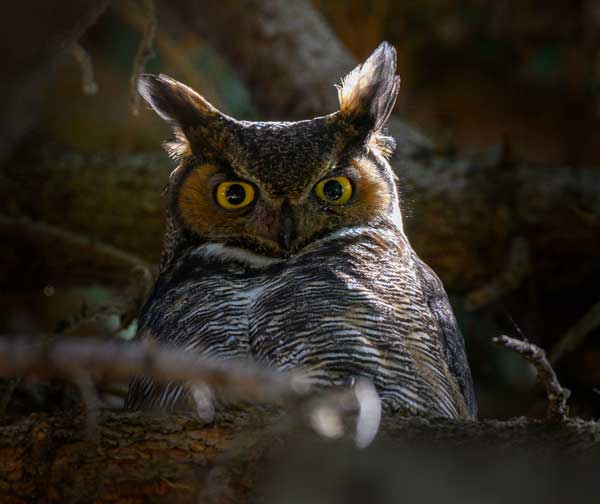
Rod Cells in Retina
Another distinct feature of owl eyes is the presence of a particular layer of retinal cells known as “rod cells.” These light-sensitive cells let the owl see in low-light circumstances. In addition to rod cells, owls also have “cone cells,” which are responsible for color vision.
Overall, the unique anatomy of owl eyes is an important adaptation that enables these birds to see in low-light conditions and hunt effectively at night. Provided that, Owl’s night vision is better than a human’s.
Owl Vision vs Human
There are some differences between an owl’s eye vision and a human eye vision. First, we will quickly look at some key differences between an owl’s eye and a human’s eye.
| Vision Type | Owls | Human |
| Night vision | Excellent | Poor |
| Range of vision | 270 degrees | 180 degrees |
| Focus on close objects | Poor | Excellent |
| Color sensitivity | Poor | Good |
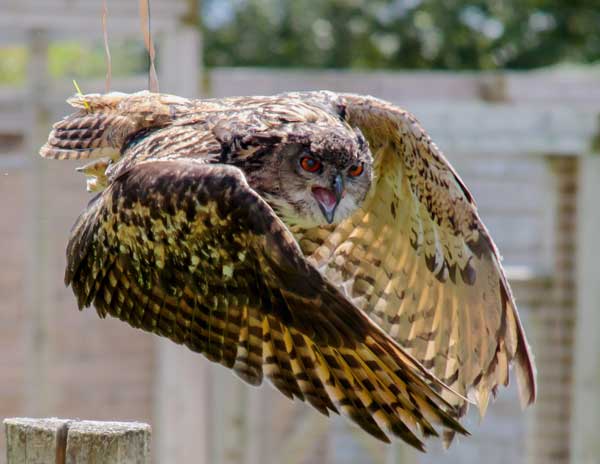
These are the key differences between an owl’s vision and a human’s vision. We will now jump into more details about all those key differences.
1. Owl Vision at Night
Owl vision is quite different from human vision in a number of ways. In general, owls have much better night vision than humans do. This is due in part to the fact that their eyes are much larger in proportion to their body size than ours are.
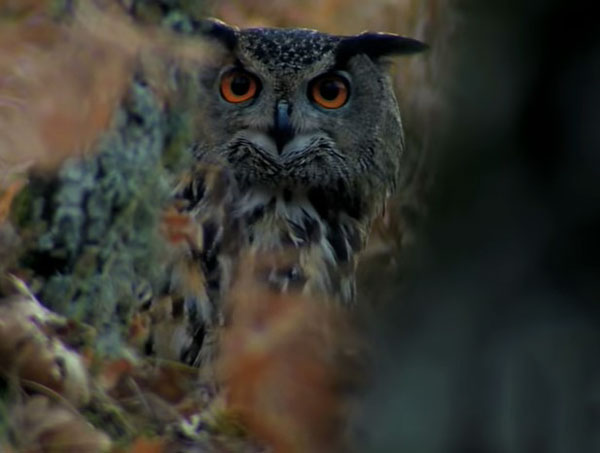
Furthermore, owl eyes differ from human eyes in shape, being longer and more circular. This permits them to collect more light, which is necessary for seeing in low-light circumstances.
2. Range of Vision
Another interesting feature of owl eyes is the presence of a structure called the “eyeball tube.” This is a tube-like extension of the eye that allows the owl to rotate its eyes within their sockets, giving them a wide range of vision.
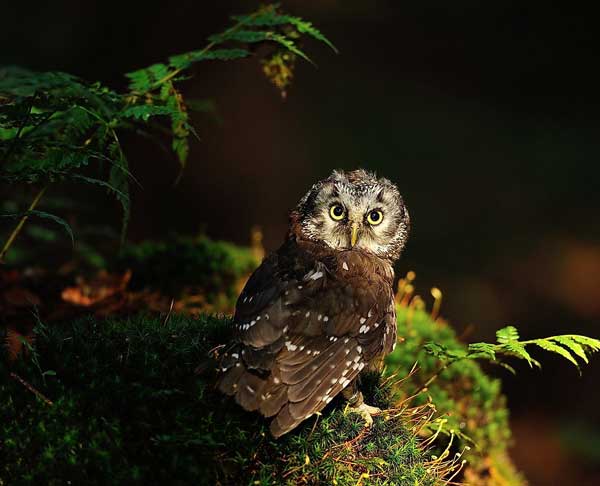
Owls can rotate their heads up to 270 degrees, which is much more than any other human can do. This ability allows them to see in almost every direction, which is critical for detecting prey in the dark.
3. Focus on Close Objects
Owls’ eyesight is also enhanced by the presence of a special layer of cells in the retina called “rod cells.” These light-sensitive cells let the owl see in low-light circumstances. Color vision is likewise controlled by “cone cells” in owls.
However, it is often said that their cone cells are not as well developed as those of other birds and animals. This means that owls can’t see objects that are too close to them.
4. Color Sensitivity
Despite their excellent night vision, owls do have one weakness when it comes to vision: they are not able to see colors as vividly as humans and some other animals.
This is because, as mentioned before, their cone cells are not as well developed. Which means that they are not able to distinguish between different shades of color as easily.
In general, an owl’s eye color can be black or occasionally blue. For example, the barn owl and the blue owl.
The barn owl is known for its pitch-black eyes. The blue owl, on the other hand, is a species that is found only in North America and is known for its distinctive blue owl eyes. Although, there is no absolute blue owl. Maybe for their blue eyes, they have been called blue owls.
Owls Eyesight: Knowing Some Facts
There are some amazing facts about owls’ eyes. As mentioned before big owls’ eyes are something different than any other animal. We will know these things by answering some questions.
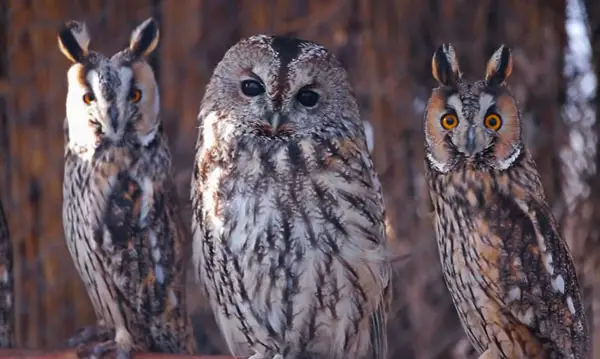
Do Owls have Eyeballs?
No, owls don’t have eyeballs like humans. Instead, these birds of prey have “eye tubes” or “cylinders”. These are rod-shaped eyes that are set within their sockets and do not move like human eyeballs. owl eye tubes are an amazing feature of an owl.
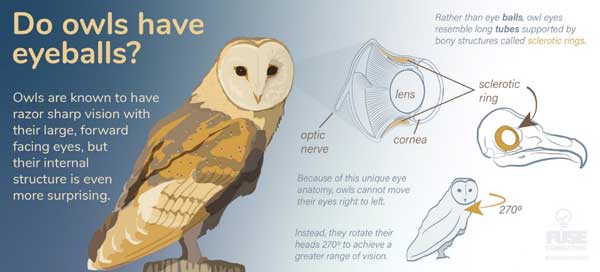
Therefore, to look around, owls must turn their heads or bodies rather than use their eyes to move independently. This unique feature of owl anatomy is an adaptation that enables them to see in low-light conditions and hunt effectively at night.
So next time you see an owl turning its head in a seemingly exaggerated manner, now you know why!
Do Owls have the Largest Eye in the World?
No, owls’ eyes are not the largest among the birds. It is the common Ostrich whose eyes has recorded as the world’s largest bird’s eye.
Owls have eyes that are significantly wide for the size of their heads. Because of their huge eyes, they can see well in low-light circumstances, giving them an incredible capacity to see in the dark.
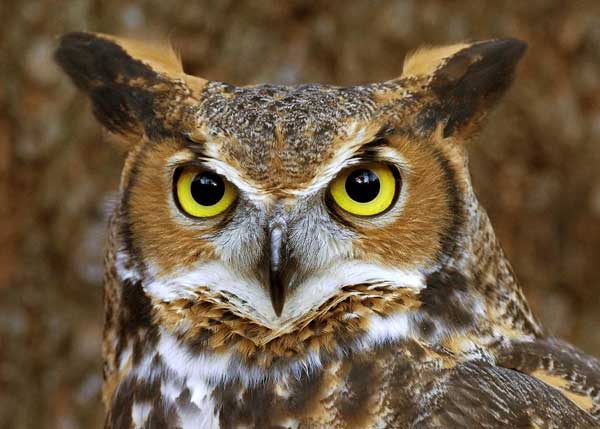
According to animal researchers, the Colossal squid is the one who has the biggest eye of any animal. An unusual and fascinating fact is that its eyes are roughly the same size as a soccer ball in terms of dimensions.
FAQs
Do you still have some questions regarding owls’ eye anatomy? Have a look at this section.
Although it varies, Schaeffel and Wagner’s research in 1992 found that the diameter of pupils in all eyes falls within the range of 6.3 to 7.1 of an owl.
Great horned owls. Provided that it has the largest eyes of any owl and among the largest of any terrestrial vertebrate.
Barn owl. According to some people, pitch-black is a rare eye color that barn owls’ eyes own.
Conclusion
In conclusion, owls’ eye anatomy is an interesting book to read. The eye features that enrich owls to have a better look at its predator are quite rare among all animals, including humans. To have a better idea, you may see some owl eye diagrams about different features available on the internet.
They have excellent night vision, and unlike a human, they don’t have eyeballs and still manages to see in the dark pretty well than human. Although they may not have the most sensitive color vision or the ability to focus on close objects as easily as some other animals, in some particular environments, owls are ten times better watchers than a human.
